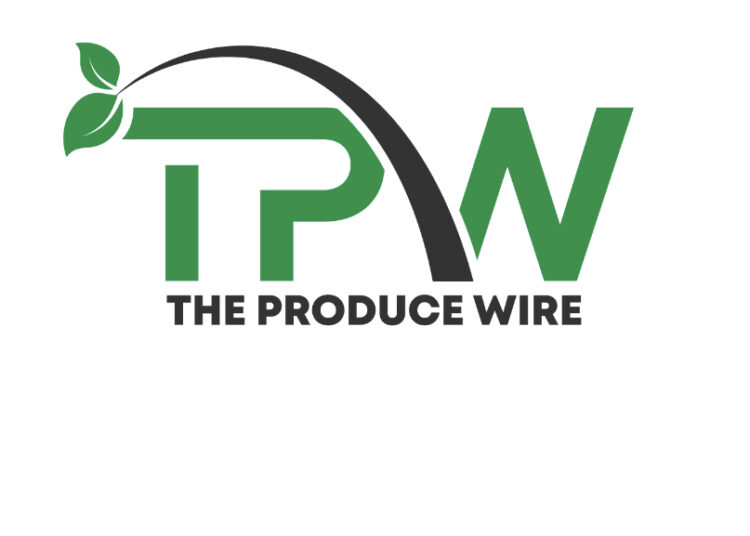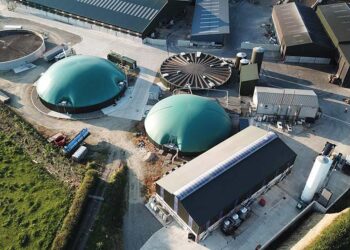Scientists have revealed that lettuce contaminated by animal waste during flooding was the likely vehicle of infection in an E. coli outbreak in 2022.
In September 2022, a large outbreak of STEC O157:H7 was identified in the United Kingdom. It was one of the biggest E. coli outbreaks since the early 1980s.
In late August and early September, the UK Health Security Agency (UKHSA) Gastrointestinal Bacteria Reference Unit (GBRU) reported a substantial increase in submitting certain fecal samples and isolates that were presumptive for STEC.
Overall, 259 cases with illness onset dates between Aug. 5 and Oct. 12, 2022, were confirmed across the UK. A national outbreak was declared in early September. Epidemiological investigations identified a UK-grown, nationally distributed, short-shelf-life food item as the source.
Patients lived in all four nations of the UK. There was a higher proportion of females sick, with 142 compared to 117 male cases. The age groups most affected were 20- —to 29-year-olds and 30- —to 39-year-olds, according to the study published in the journal Eurosurveillance.
Seventy-seven confirmed cases attended hospital for their symptoms and 75 were admitted. None of them were diagnosed with hemolytic uremic syndrome (HUS) and no deaths were reported.
Link to lettuce grower
Analytical epidemiology and food chain analysis suggested lettuce was the likely vehicle of infection. Food supply chain tracing identified the grower as the likely implicated producer.
Loyalty card data revealed no strong link to one type of salad leaf. Supply chain information highlighted the distribution of suspected salad products to the UK and Ireland.
A lettuce grower was directly or indirectly linked to all the food service establishments or retailers of interest. This included ten retailers, seven processors, 25 suppliers, three food services, four manufacturers, and 14 wholesalers.
When authorities visited the grower, the harvest had ended. A hazard analysis and critical control points (HACCP) plan was in place, and legislative requirements were followed; no failures were identified in storage conditions or temperature control. The grower reported that produce at the farm was exposed to standing water following heavy precipitation and local flooding.
Fresh produce growers and manufacturers have been asked to consider extreme weather and flooding as hazards for pathogens such as STEC and determine proportionate controls, including pre-and post-harvesting checks, finished product testing, and irrigation water use.
Weather impact
Scientists used data on rainfall and temperature, information about land use, and information about sheep locations to better understand the events that led to the outbreak and the location of the lettuce grower. Analysis of meteorological data revealed over two months of rainfall recorded in an otherwise drought-like situation in the region where the grower was located.
They found lettuce incriminated in the outbreak may have been contaminated by heavy rainfall and flooding, transporting STEC from animal feces to crops in fields.
A limitation of the study was that no microbiological sampling was done from known animal reservoirs, products, or the environment.
Adverse weather conditions occurred within two weeks of the major peak of case symptom onset dates. This was consistent with the expected time taken for fresh lettuce to make its way from farm to fork, added to the known incubation period following exposure to STEC.
A small number of illnesses pre-dated the weather event, and a few predominantly secondary case reports in late September and October 2022 were noted.
Seven isolates of STEC O157:H7 closely related to the outbreak strain were previously reported, with three cases in 2019 and two each in 2020 and 2021.
“We hypothesize that both early and late primary cases, as well as the cases notified in previous years, could be explained by low-level environmental contamination due to the persistence of the organism in the environment,” said researchers.
(To sign up for a free subscription to Food Safety News, click here)













